Pet Safety During the Holidays: Avoid Hazards & Keep Tails Wagging
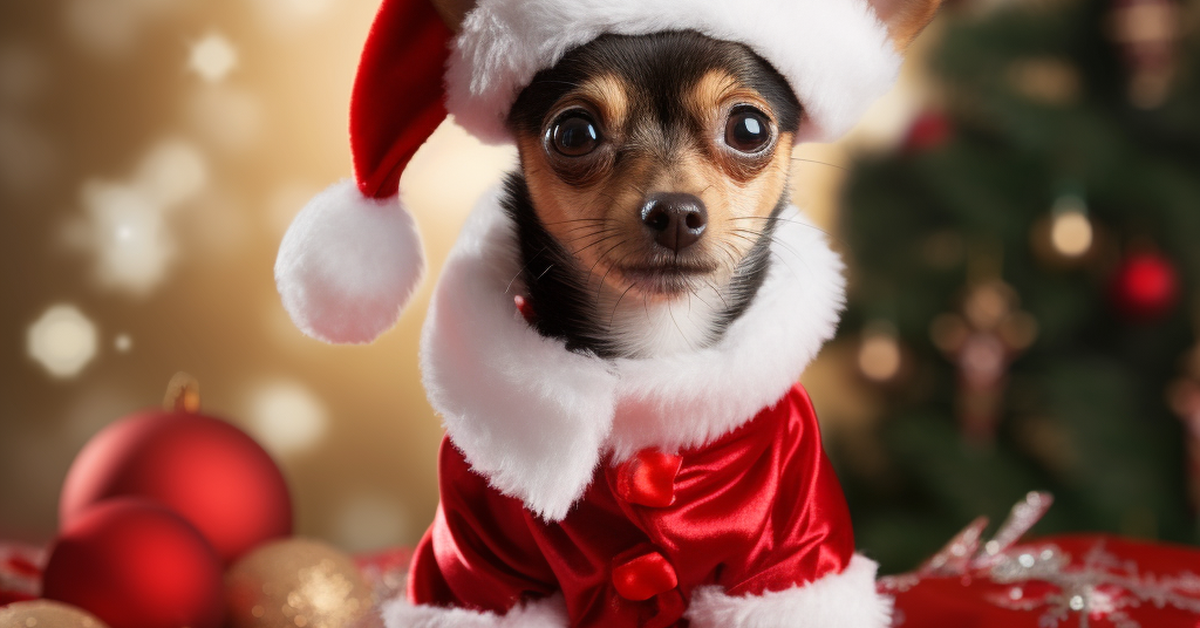
Holidays sparkle with joy, yet hidden dangers for our furry pals often lurk beneath the tinsel. Awareness and caution are key for pet owners during these festive times. We’ll journey through safety tips that ensure your pet’s tail wags all season.
Understanding the festive spirit, we must recognize our pets’ unique needs. Sights, sounds, and scents fill homes, but what’s merry for us might spell trouble for them. We’ll shed light on common hazards, from tantalizing treats to shimmering decorations, ensuring a safe haven for our four-legged family members.
Transitioning to the next section, we consider the array of potential holiday hazards. Each festive adornment and seasonal snack can hold risks for curious pets. Our guide aims to empower owners with knowledge, safeguarding our cherished companions against holiday mishaps.
Understanding Common Holiday Hazards for Pets

The holidays can bring cheer, but for our furry friends, they might pack hidden dangers. So, let’s paw through the risks and ensure your sidekick stays safe.
Identifying Toxic Foods and Plants
The kitchen is a hub of tasty treats and tantalizing aromas during the festive season. Yet, what’s delish for us might be risky for Rover. Chocolates, xylitol-sweetened goodies, and grapes are among the no-nos. And while decking the halls, remember, holly and mistletoe may look pretty but they’re no pet’s friend. Opt for faux flora to keep that holiday vibe without the pet peril.
- Chocolate: Can cause vomiting, diarrhea, and even more severe symptoms like seizures in dogs.
- Xylitol: Found in many sugar-free products, xylitol can lead to liver failure in pets.
- Grapes and Raisins: Even in small amounts, these can cause kidney failure in dogs.
Festive Flora to Avoid:
– Poinsettias: Can irritate pets’ mouths and stomachs.
– Holly: The berries can be toxic if ingested.
– Mistletoe: Can cause gastrointestinal upset and cardiovascular problems.
Safer Substitutes:
– Silk flowers
– Pet-safe decorations
– Ornaments out of pets’ reach
Recognizing Environmental Dangers
Twinkling lights and glittering tinsel can turn a pet’s playground into a danger zone. Cords and candles invite curious critters, and a toppled tree can be a hazard. When Jack Frost is nipping, pet paws need protection from winter’s icy grip. Keep chemicals like antifreeze away; it’s sweet but deadly.
Home Hazards:
– Electric cords
– Candles and open flames
– Loose or small decorations
Winter Warnings:
– Antifreeze and road salts
– Ice and snow accumulation
– Cold temperatures
Pet-Proofing Tips:
– Secure cords and decorations
– Use flameless candles
– Limit exposure to winter elements
Protecting Pets from Stress and Anxiety
Jingle bells and merry-making may spike stress levels in pets. An influx of guests and loud celebrations can leave them trembling. Crafting a calm space goes a long way. A cozy retreat with their favorite toy can offer solace. Stick to routines like walkies and dinner time to anchor them amidst the holiday hullabaloo.
Stress Triggers:
– Loud noises from parties or fireworks
– Disrupted routines
– Unfamiliar faces in the home
Calming Strategies:
– A quiet room or crate for refuge
– Calming music or TV for background noise
– Regular exercise and playtime
Remember, as much as we revel in the holiday spirit, it’s our job to shield our pets from the less merry side of the season. Before you deck the halls, ponder a pet’s perspective.
Now, as the year winds down and we reflect on the joy our pets bring, let’s ensure their safety is at the forefront of our holiday preparations. So as you’re stringing lights and carving the roast, give a thought to your four-legged friend’s well-being. After all, a safe pet is a happy pet, and that’s the best gift of all. Next time, we’ll look into making the holiday gatherings a joy for everyone, including your loyal companion, ensuring their tails keep wagging in the warmth of your festive home.
Preparing Your Pet for Holiday Guests and Gatherings
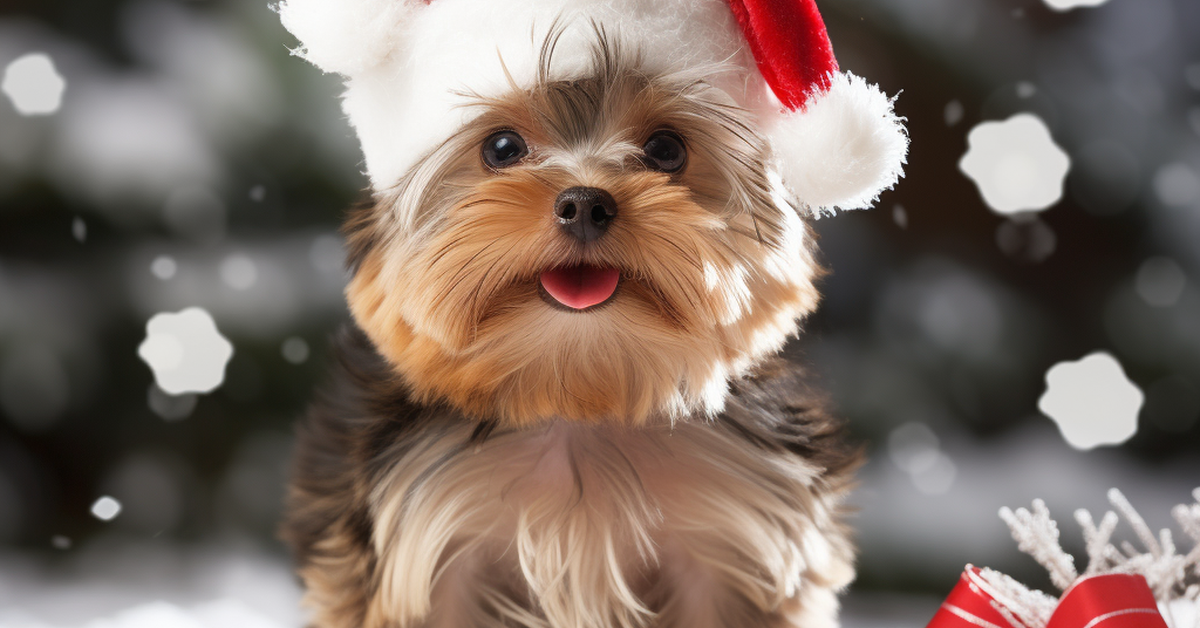
When the festive season rolls in, your home becomes a bustling hub of holiday guests and merry gatherings. Amidst the excitement, pet safety is paramount. Here’s a guide to ensure your furry friends enjoy the celebrations as much as you do.
Training Tips for Social Interactions
Socializing your pet is crucial when expecting a parade of guests. Start by reinforcing good behavior with positive reinforcement techniques. For instance, reward your dog for calm greetings and staying put instead of jumping up on visitors. Here’s how to keep social interactions smooth:
- Gently introduce your pet to new faces in a controlled environment.
- Use treats to reward calm behavior around guests.
- Keep a leash handy for quicker intervention if needed.
Creating a Safe Space for Your Pet
The hubbub of holiday cheer might overwhelm your four-legged companion. Here’s a plan to provide them refuge:
- Designate a quiet zone, like a spare room, with their favorite toys and bed.
- Make sure this haven includes familiar scents and items for comfort.
- Inform guests of your pet’s personal area and ask them to respect this boundary.
Handling Emergencies and Accidents
Even with the best precautions, mishaps can happen. Here’s a quick guide for such scenarios:
- Keep contact info for the nearest emergency vet handy.
- Brush up on pet first-aid basics—knowledge of CPR for pets can be a lifesaver.
- Have a pet-specific first aid kit stocked and accessible.
In case of accidental ingestion of holiday treats or decorations, act swiftly. A staggering 80% of holiday pet emergencies are due to eating something harmful.
| Holiday Hazards | Symptoms to Watch For | Immediate Action |
|---|---|---|
| Chocolate | Vomiting, agitation | Call the vet |
| Tinsel | Coughing, lethargy | Seek vet care |
| Plants | Diarrhea, drooling | Remove and monitor |
Remember, quick action can prevent a crisis from escalating. Now, let’s look ahead. As you cherish these festive moments, consider how you’ll venture into the season’s travels. Picture cozy car rides with Fido, exploring winter wonderlands together. Treasured memories await as you embark on holiday adventures, ensuring both safety and joy for your beloved pet.
Traveling with Pets During the Holidays
Holidays mean travel for many, and if your furry friend tags along, planning is key. Ensuring your dog’s safety and comfort becomes a top priority. Let’s break down the essentials for a smooth holiday journey with your pup. For a more in-depth look, you can also check our blog post about traveling with your pets during the holidays.
Planning and Preparation
Before hitting the road, a travel checklist comes in handy. Here’s what you should consider:
- Updated ID tags and microchip information.
- A health checkup with your vet.
- Travel essentials: food, water, bowls, leash, waste bags, and a familiar toy or blanket to ease stress.
Road Travel and Accommodation Tips
Safety first! Restrain your pet correctly in the vehicle using a crash-tested harness or a travel crate. Book pet-friendly hotels in advance and plan for pit stops to stretch and relieve themselves. Talk to your vet about motion sickness remedies if your dog gets queasy on the road.
Flying with Pets: What You Need to Know
Air travel with pets requires extra planning. Check airline policies well ahead of time, and make sure your pet’s crate meets all requirements. Acclimate your pet to the crate before travel day, and pack a familiar object to comfort them.
Stress management during flights involves exercise before travel and possibly a vet-prescribed sedative. Remember, a calm pet is a safer and happier traveler.
Now, let’s delve into some stats and tips that could make your holiday journey with your pet a breeze:
| Travel Item | Importance |
|---|---|
| Updated ID | Crucial for pet recovery |
| Pre-travel vet visit | 100% necessary for health clearance |
| Crate training | Essential for safe air travel |
Taking these steps ensures your pet is set for a safe and enjoyable trip. For further guidance, consider checking out resources like the ASPCA’s holiday safety tips or The Humane Society’s travel advice.
- Make sure your pet’s crate is airline-approved.
- Pack a pet travel kit with food, water, and any medications.
- Confirm your pet’s reservation with the airline well before the trip.
As someone who’s navigated the challenges of pet travel, I’ve learned that preparation can prevent most issues. On our last holiday trip, we made sure our dog’s microchip information was up to date. It gave us peace of mind knowing that if she got lost, she could be easily identified and returned to us.
With these plans in place, you can look forward to the festive season knowing your pet’s safety is taken care of. And when the holiday feasting begins, keep an eye out for any sneaky paws that might find their way to the dinner table. Remember, certain holiday treats can be harmful to your furry family member, so let’s keep those tails wagging safely into the new year!
Holiday Feasts and Festivities: Keeping Your Pet Safe

When the holidays roll around, it’s a time for cheer, but let’s keep it that way for our furry pals too. You see, certain yuletide treats and habits can spell trouble for your doggo. So, here’s how to ensure your pet’s safety during the festive season.
Table Scraps and Toxic Treats
Tempting as it may be to slip Fido a piece of your holiday roast, resist the urge. Some foods we love are a no-go for pups. Here’s a quick rundown of what’s off the table:
- Chocolate
- Grapes and raisins
- Onions and garlic
- Bones that can splinter
Instead, here’s a smart move: whip up some dog-friendly snacks. Think sweet potato chews or a scoop of plain pumpkin puree—yum and safe.
Alcohol and Pets Don’t Mix
You might enjoy a festive tipple, but keep the spirits away from pets. Booze is bad news for them. Keep drinks on high shelves or in hand, and if you’re hosting, kindly clue in your guests about keeping their cups out of pup’s reach.
Monitoring Your Pet’s Health and Diet
With all the holiday hubbub, it’s easy to lose track of Fido’s feeding schedule. Stick to their regular diet and portion sizes. Overindulgence isn’t just a human problem—it can pack on the pounds for pets too. Keep them active, even if it means indoor play when it’s frosty outside.
Pet Safety During the Holidays: A Quick Guide
| Do’s | Don’ts |
|---|---|
| Stick to pet-friendly treats. | Give table scraps or bones. |
| Keep a routine feeding schedule. | Overfeed or change diet drastically. |
| Secure alcohol and hazardous items. | Leave drinks or edibles within reach. |
So, there you have it, folks. Keep these pointers in mind, and you’re all set to have a safe, merry little holiday with your best pal by your side. And remember, once the last carol has been sung and the decorations are packed away, there’s still the matter of getting back to everyday life. It’s a good idea to ease into the usual routine gently, ensuring your pet stays happy and healthy as you bid farewell to the season’s festivities.
Post-Holiday Care and Recovery for Your Pet

The holiday season packs a punch of joy, yet it can stir up the routine for your furry sidekick. Once the festive frolic settles, it’s time to help your pet shift back to its everyday groove.
Returning to Routine
Ease your pet back into its regular schedule with patience. Just like humans, pets crave consistency. So, reintroduce daily walks, feeding times, and play sessions at the usual hours. Mix in some fun to shake off any post-holiday gloom. A new toy or a special treat can work wonders.
Health Check-Ups After the Festivities
Post-holiday vet visits keep your buddy in top form. Watch for odd behavior that might signal a late reaction to holiday stress or sneaky table scraps. Get back to a balanced diet pronto, and maybe consider a gentle detox if treats were abundant.
Reflection and Planning for the Next Holiday Season
Take stock of what went smoothly and what could use a tweak. Maybe make a note or two—you’ll thank yourself when the next holiday hullabaloo comes around. Resources abound for those eager to learn more about keeping pets safe and joyful all year long.
Now that the holidays have come and gone, it’s crucial to focus on helping our pets readjust and thrive. For many of us, the return to normalcy is a relief, but for our pets, it can be a confusing time. Just like us, they’ve grown accustomed to the excitement, extra attention, and perhaps even the richer holiday food. As we pack away decorations and return to our everyday routines, it’s important to remember that our furry friends also need time to get back to their regular habits.
Transitioning back to regular routines can be made easier with a few helpful strategies:
- Re-establish regular feeding times: If your pet’s meal schedule was disrupted during the holidays, now’s the time to get back on track. Regular feeding times will help stabilize your pet’s metabolism and digestive system.
- Resume daily exercise: Whether it’s a daily walk or playtime, physical activity is crucial for your pet’s well-being. It helps them burn off any extra energy and maintain a healthy weight.
- Reintroduce quiet time: The holidays can be hectic, and your pet may have missed out on some much-needed downtime. Make sure they have a quiet, comfortable space to relax and unwind.
Post-holiday health check-ups are also essential. Here’s a quick list of things to consider:
- Schedule a vet appointment for a general wellness check.
- Keep an eye on your pet for any signs of distress or illness.
- Revert to your pet’s regular diet, and cut back on any holiday treats.
Lastly, as we reflect on the holiday season and look towards the next, it’s beneficial to plan for our pets’ safety and well-being:
- Think about what went well this holiday season and what could be improved.
- Take notes on any safety concerns or issues that arose, and consider how you can prevent them in the future.
- Look for resources that can provide additional information on pet safety and care.
Remember, the key to a smooth transition lies in your hands. By being attentive and proactive, you can ensure that your pet starts the new year on the right paw. And as we move forward, let’s consider how we can maintain a safe and happy environment for our pets, not just during the holidays but throughout the entire year. So, as we bid farewell to the festive season, let’s embrace the opportunity to reinforce our bond with our pets and commit to their ongoing safety and happiness.
Conclusion: Committing to Year-Round Pet Safety
We’ve chatted loads about keeping our furry pals safe, especially when holidays roll around. Let’s not forget, pet safety isn’t just for Christmas or Easter; it’s a full-time gig, a promise we make to our four-legged buddies. Our goal at Yappy Life? To make sure every day feels like a tail-waggin’ holiday for them, without the risks.
Key Takeaway
Safety tips and tricks are fab, but they’re just the start. It’s about ensuring we’re always on the ball, ready to dodge any curveballs life tosses. That means, whether it’s Halloween spooks or Thanksgiving feasts, we’ve got the know-how to keep our pets not just happy but healthy too.
Now, if you’re nodding along, thinking, “Yup, that’s me, I’m all about that yappy life,” then hey, you’re in the right pack. Let’s not keep these lifesavers to ourselves, shall we? Pass ’em on to your dog-loving pals. Spread the word like peanut butter in a Kong toy; let’s build a tribe that’s all about pawsitive living.
And hey, why not take a peek at our travel blog next time you’re planning a trip with your pooch? Or better yet, snag some Yappy Life gear to flaunt your pooch pride. Remember, every step you take, every move you make, we’re here to help you keep your dog safe and sound. So let’s keep in touch, swap stories, and maybe share a doggie selfie or two on our Facebook and Instagram. Because when it comes to our dogs, it’s not just about a season; it’s a way of life.
Frequently Asked Questions about Pet Safety During the Holidays
What are common holiday foods that are dangerous to pets?
Many holiday foods can be harmful to pets. Chocolate, coffee, and caffeine contain substances called methylxanthines that can cause vomiting, diarrhea, panting, excessive thirst and urination, hyperactivity, abnormal heart rhythm, tremors, seizures and even death. Avoid giving your pets grapes, raisins, onions, garlic, and foods containing the sweetener xylitol, as well as alcoholic beverages, as these can be toxic even in small quantities.
How can I keep my pet safe around holiday decorations?
Keep holiday decorations out of reach of pets. Tinsel, ribbons, and string can cause intestinal blockages if ingested. Lights pose a risk of electrical shock if chewed on, so keep wires secured and out of reach. Ornaments can be broken and cause injury, so consider pet-friendly decorations and avoid placing them at the lower levels of your tree or display area.
Is it safe for my pet to eat table scraps during holiday meals?
Feeding pets table scraps can lead to gastrointestinal upset or potentially more serious conditions like pancreatitis, particularly with rich, fatty foods. It’s best to stick to their regular diet and provide pet-safe treats. Always avoid foods that are known to be toxic to pets.
What should I do if my pet gets anxious with holiday guests?
Create a quiet, comfortable space where your pet can retreat from the noise and activity. This could be a separate room with their bed, toys, and water. Consider playing soft music or using a pheromone diffuser to help calm them. Make sure guests know to give your pet space and not to force interaction.
How can I prevent my pet from escaping when guests come over?
During the holidays, the comings and goings of guests can increase the chances of your pet escaping. Keep your pet in a separate room or secured with a baby gate when guests are arriving or leaving. Always ensure your pet has a collar with an ID tag and is microchipped with up-to-date contact information.
Are holiday plants like poinsettias and mistletoe dangerous for pets?
Yes, several holiday plants can be toxic to pets. Poinsettias can cause irritation to the mouth and stomach, and sometimes vomiting. Mistletoe and holly can be more dangerous, causing gastrointestinal upset and cardiovascular problems. Lilies are particularly toxic to cats and can lead to kidney failure. Keep these plants out of reach or opt for pet-safe artificial versions.
Can I dress my pet in holiday costumes?
Dress your pet in holiday costumes only if they are comfortable with it. Ensure that the costume does not restrict movement, hearing, sight, or the ability to breathe, bark, or meow. Check for any small, dangling, or easily chewed-off pieces that could present a choking hazard. Always supervise your pet while they are wearing a costume.
How can I keep my pet calm during fireworks or loud celebrations?
Provide a safe space indoors where your pet can feel secure during noisy celebrations. Close windows and curtains to muffle the sound of fireworks and play calming music or white noise. You can also consult with your veterinarian about the use of calming products or medications if your pet is particularly anxious.
What are the signs that my pet has ingested something toxic?
Signs of toxicity can vary widely depending on what your pet has ingested, but common symptoms include vomiting, diarrhea, lethargy, lack of appetite, drooling, seizures, and sudden changes in behavior. If you suspect your pet has ingested something toxic, contact your veterinarian or an emergency animal hospital immediately.
How do I handle holiday travel with my pet?
When traveling during the holidays, ensure your pet is comfortable with travel by gradually getting them used to it beforehand. Bring their favorite toys, bedding, and regular food to keep them calm. Always use a secure, well-ventilated carrier for travel and never leave your pet alone in a vehicle, especially during extreme temperatures. Check in advance for pet-friendly accommodations and plan for regular stops to allow your pet to stretch and relieve themselves.
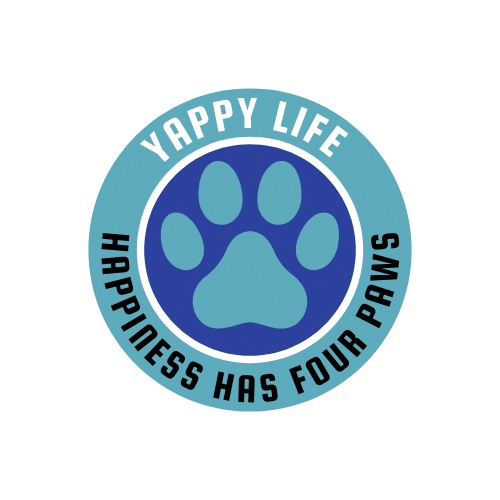
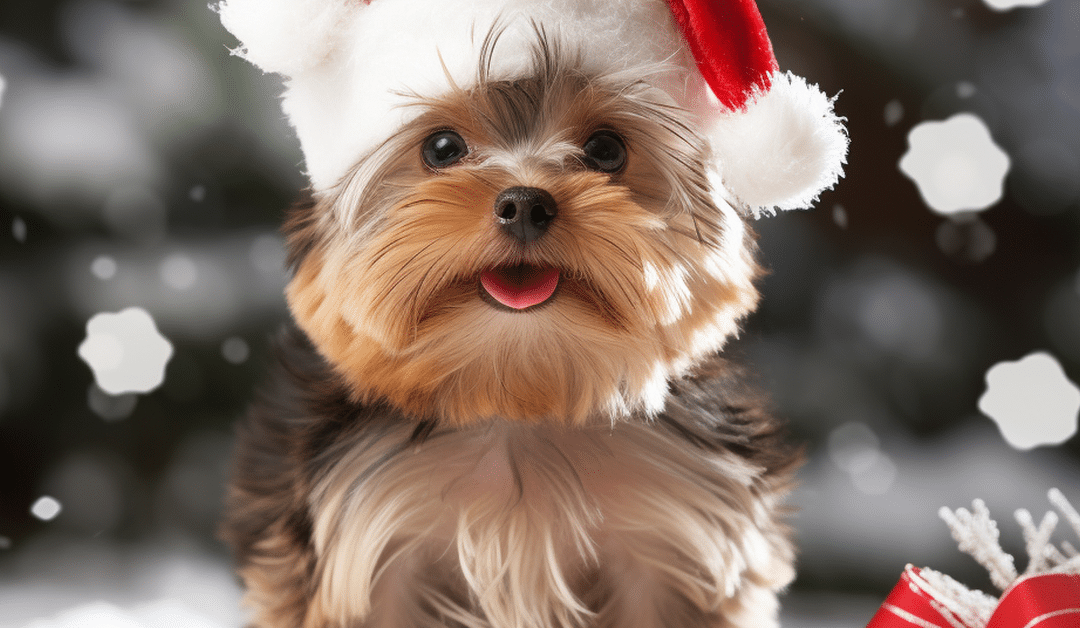
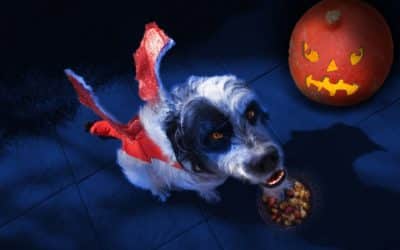


Recent Comments